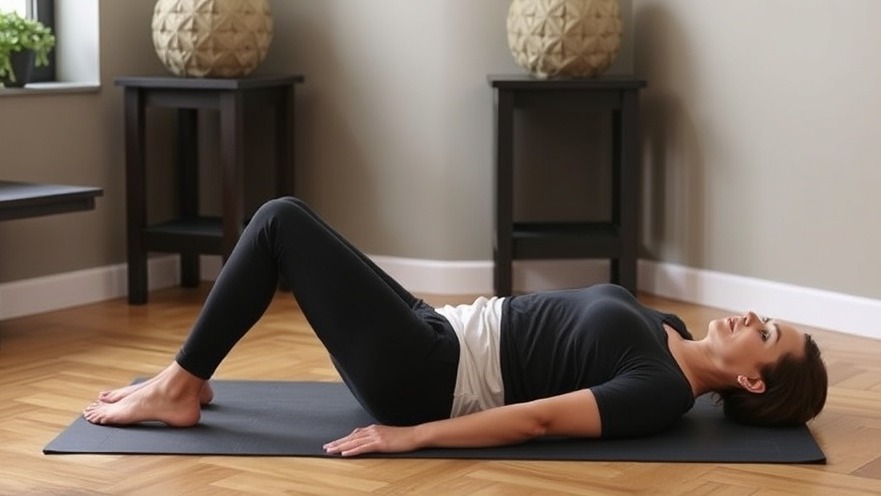
Understanding Pelvic Tilt: The Silent Workout Saboteur
For countless digital nomads who find themselves working from cafes, coworking spaces, or even hotel rooms, maintaining proper posture can be challenging. A common yet often overlooked postural issue that can derail your fitness goals is pelvic tilt. This peculiar orientation of your pelvis in relation to your spine can result in a drastically altered workout experience and even increase your risk of injury.
Types of Pelvic Tilt: Identifying Your Postural Issue
Pelvic tilt manifests in three primary forms: anterior, posterior, and lateral. Understanding how to identify these can significantly improve your workout routine.
Anterior Pelvic Tilt: This condition often affects those who sit for extended periods, and it's characterized by a forward tilt of the pelvis. Common signs include tight hamstrings and difficulty engaging the core, not to mention discomfort in your lower back.
Posterior Pelvic Tilt: Here, the pelvis tilts backward, often as a result of tight hamstrings. People with this posture may experience tight glutes, a flat back, and limited hip mobility, all of which can detract from sports performance.
Lateral Pelvic Tilt: This form causes one hip to be higher than the other and can lead to feelings of imbalance during movement. It's typically visible in the mirror and often correlates with lower back pain and muscle imbalances.
Practical Tips to Fix Your Pelvic Tilt
The good news is that each type of pelvic tilt can be corrected with appropriate stretches and strengthening exercises. For those with anterior pelvic tilt, yoga and hip flexor stretches can help mitigate muscle tightness. If you're dealing with posterior pelvic tilt, work on hip mobility exercises to loosen up your hamstrings and glutes. Lastly, for lateral pelvic tilt, performing side-lying leg raises can help balance out hip strength.
Why Correcting Pelvic Tilt Matters for Digital Nomads
For digital nomads, ensuring that your pelvis is in the right alignment affects not just workouts but also your overall health and comfort while working on the road. Proper pelvic alignment can lead to enhanced stability and greater functional movement, making it easier to adapt to different environments.
Conclusion: Take Action for Better Health
Incorporating pelvic tilt awareness into your daily routine is crucial, especially as a digital nomad aiming to balance productivity and well-being. Start incorporating targeted stretches into your day, monitor your posture, and focus on correcting any imbalances. By addressing pelvic tilt, you can enhance your workouts, reduce injury risks, and improve your overall quality of life while on the road.
 Add Row
Add Row  Add
Add 




Write A Comment